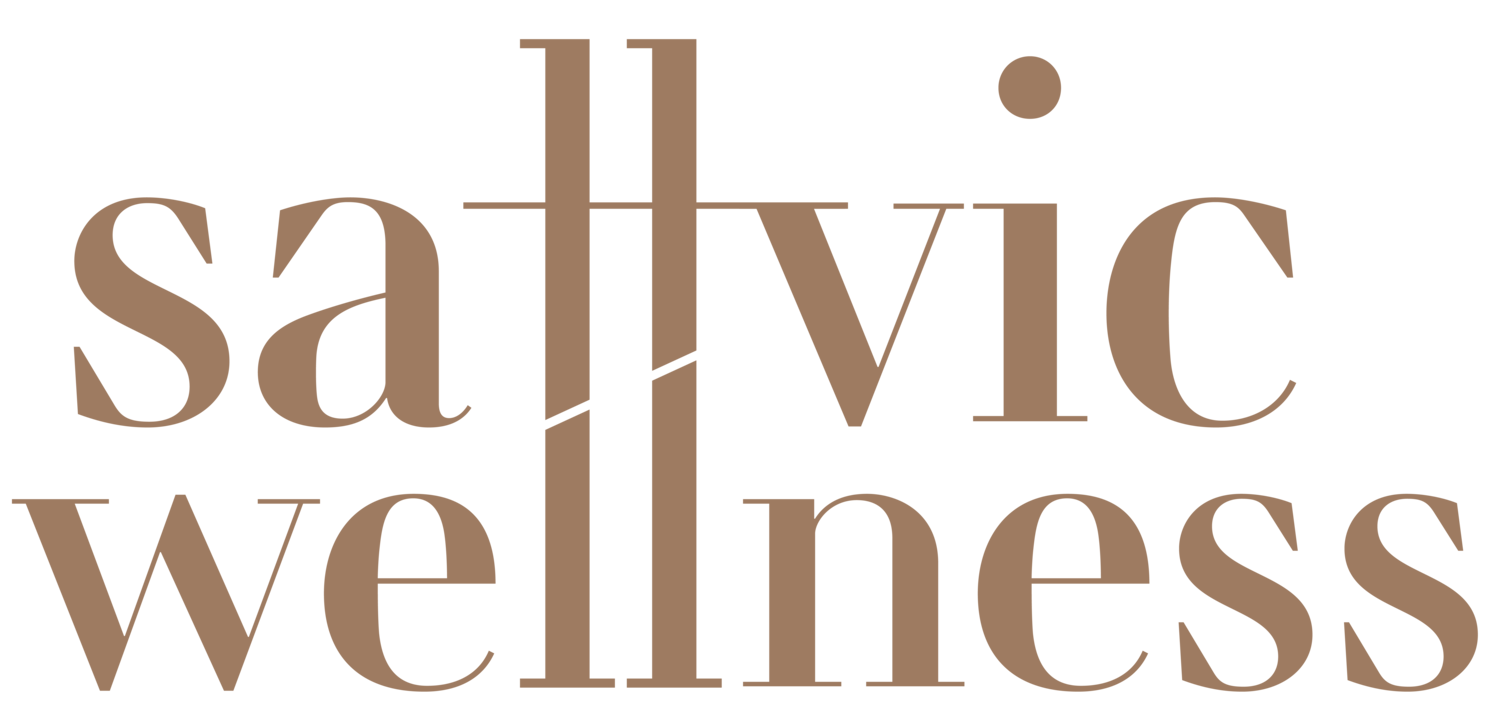4 Simple Techniques to Reduce Worry
Even though this is a rather simple chart, really think about all the things we worry about that we really don’t need to worry about. The average person has over 60,000 thoughts everyday...imagine how much more energy you would have if you just reduced that by a little? So remember this graphic as you move forward! Good luck and best wishes...
The New Oxford American Dictionary defines worry as this:
wor·ry| ˈwərē | verb (worries, worrying, worried) : give way to anxiety or unease; allow one's mind to dwell on difficulty or troubles
Notice they say ‘give way to,’ meaning that you have the ability of choice. You can choose to allow anxiety or unease to overtake you, OR you can let it pass through you without allowing yourself to dwell on it. Physicians warn when worrying becomes too unbridaled, it can lead to harmful effects in your body: loss of appetite, dizziness, dry mouth, fatigue, nausea, and more-not to mention those sleepless nights where your brain just won’t shut down.
In order to combat ‘giving way’ to this choice, here are 4 ways you can reduce your worries:
Use Mindfulness Meditation techniques to interrupt your train of thought
Control your breathing. Use this technique: Breathe in “Peace”, Breathe out “Worry”, Breathe in “Calmness”, Breathe out “Tension”
Schedule a time to worry (this one is a gamechanger!). Write down the things that are causing you worry and schedule a time to brainstorm solutions.
Keep Positive Company. Surround yourself with others who live low-worry lives. Many highly functioning and successful people have found that decreasing worry in their lives has led to more productivity and joy both at home and in the office. Keep them around for support and inspiration. They might just share some of their tried and true worry-less techniques with you!
Have a question? Seeking a Mindfulness Meditation Practice to decrease worry?

